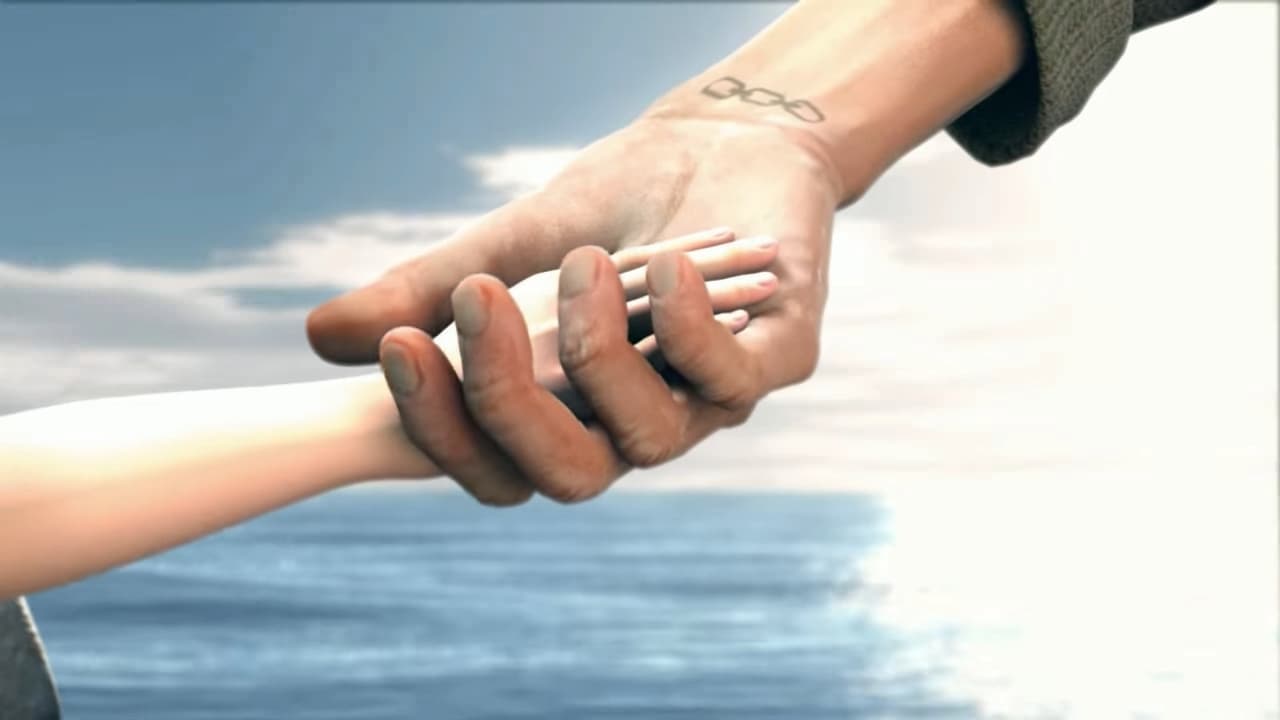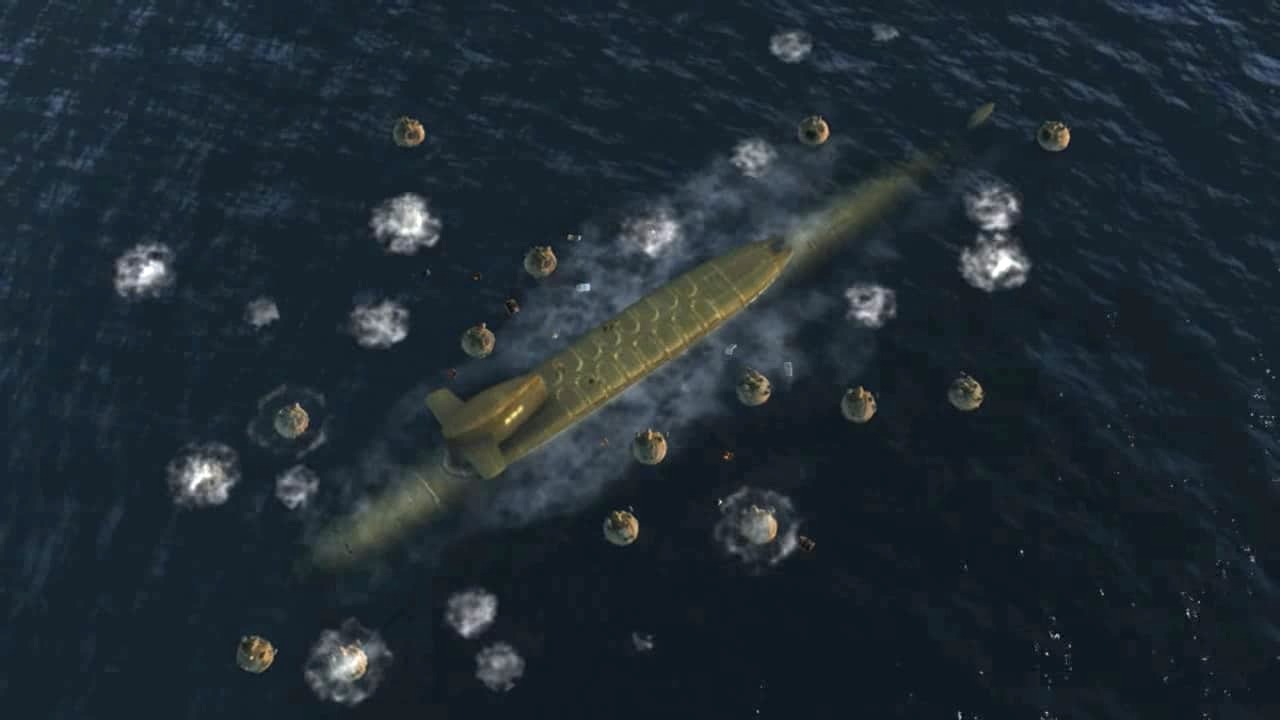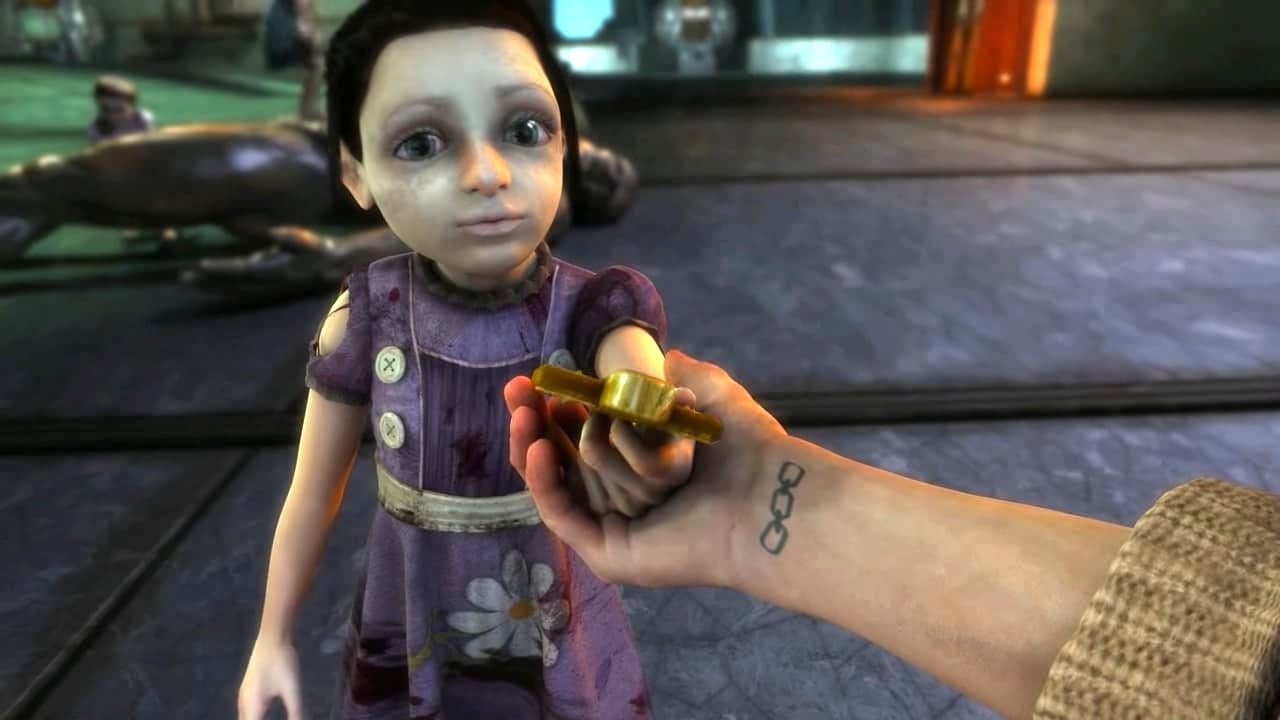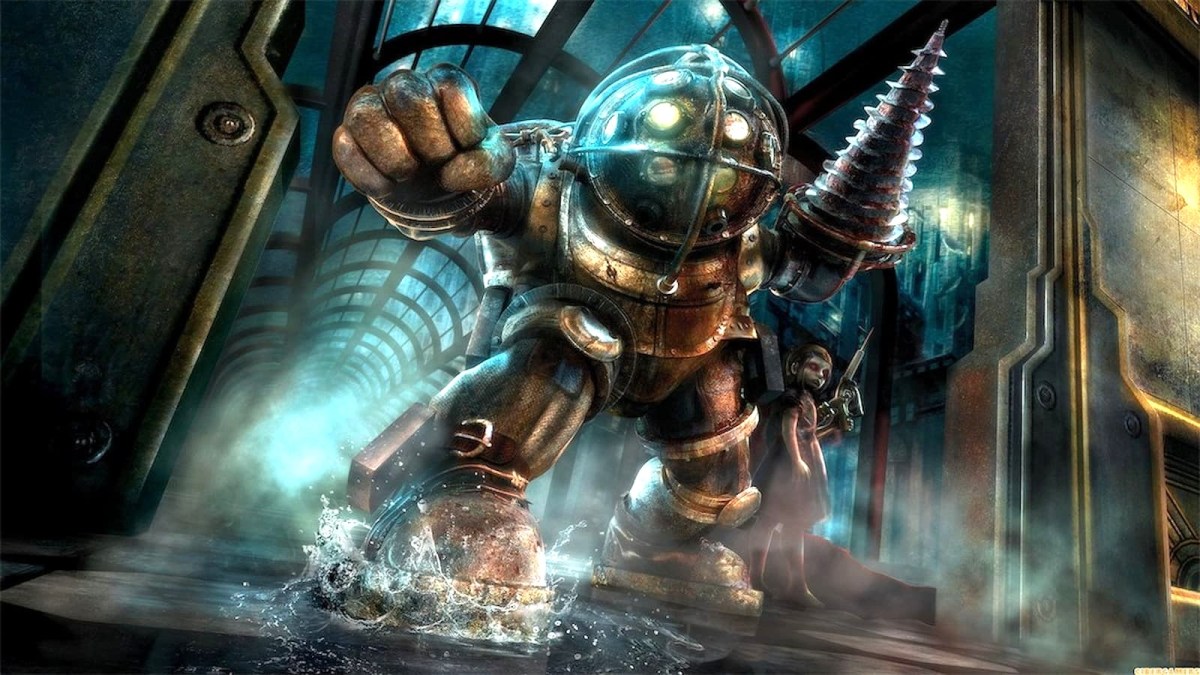It seems to be finally happening: a BioShock movie is currently in production over at Netflix. We’ve been clamoring for an adaptation of the original 2007 video game since the game was released. The game, which was developed by Irrational Games, saw the player enveloped in the mysteries, horrors, and beauty contained in the underwater world of Rapture. BioShock‘s setting and characters have intricate and politically opposing stories and it’s widely considered one of the most innovative stories in video games.
BioShock’s story was groundbreaking when it was released for many reasons, one being that the player could make a number of decisions in the game which could affect its ending. The player having agency in how the story was told was a big part of the game, and it is going to be interesting to see if or how they adapt that in the film. Aside from deciding whether or not – or when – someone dies, one of the choices you can make repeatedly throughout the original game leads to a different ending. Let’s unpack both endings, what leads up to them, and how the film might adapt the choices available in the game.
Will Netflix’s BioShock follow the good or bad ending from the original game?

The endings for the original BioShock would change depending on how you interacted with the Little Sisters. The Little Sisters were little girls who were turned into experiments by Frank Fontaine, Brigid Tenenbaum, and Yi Suchong, who used them to harvest ADAM from the body of Splicers. Splicers are the main enemy type of the video game; they shoot up with ADAM and have become dependent on it, unlike the player who uses what they find to safely navigate Rapture with the power of telekinesis and the ability to shoot fire and shock bolts from your hands.
The Little Sisters would wander around the map, protected by men in large diving suits, called a Big Daddy, equipped with a large drill and if you approached one they would attack you. Every time you encountered a Little Sister in the video game you were given a choice. You could either choose to harvest the Little Sister and get an increased amount of ADAM from the slug in her body, or you could spare them and let them go free. If you spared them, every few sisters would leave you a gift somewhere in the world and the gifts would contain an amount of ADAM less than the overall amount you would get if you harvested them, along with some supplies.

The two endings were either that the player, known as Jack, would rescue all the Little Sisters and get the good ending, or Jack would harvest even one of the Little Sisters and get the bad ending. In the good ending, Jack would adopt some of the Little Sisters after they had been cured by Dr. Tenenbaum at the end of the game, and they would live peacefully back on the surface after leaving Rapture.
The bad ending is much darker, with Dr. Tenenbaum rightfully outraged at the choices Jack made. Jack ends up harvesting all of the Little Sisters in the bad ending and ends up taking over Rapture after defeating the transformed Frank Fontaine. When a U.S. Navy submarine comes to investigate Jack’s plane crash from the beginning of the game, Jack leads the splicers in an uprising – literally – and takes over the submarine, stealing their nuclear missiles.

So which ending will they end up using for the film if it is a straight adaptation of the original BioShock? They would most likely adapt the good ending, as it is a nice and neat happy ending for the characters involved. A bad ending would likely involve the innocent murder of children by your protagonist and that seems just a little too dark for Netflix. They could always go with the bad ending, but it does not seem like the move for any BioShock adaptation. It is also worth noting that while the BioShock universe does have elements of a multiverse, the downloadable content for the third game in the series, BioShock Infinite’s Burial at Sea, shows that the good ending is canon to that timeline.
An interesting but unlikely option is that Netflix integrates the choices into the story of the film. After all, they did release Black Mirror: Bandersnatch which let you make your own choices to impact the way the story went. If Netflix were to revisit the approach for a BioShock film, it could certainly work. Although that might lead to a further comparison between the upcoming movie and the original video game, which Netflix might not want. While they should aim to adapt the game as faithfully as possible, as it does have a phenomenal story, if they were to make it interactive it would just highlight the inconsistencies between the two projects.

Ultimately what they might choose to do is integrate both stories without having any interactive story. If they do introduce the Little Sisters, the protagonist of the film will probably save them from the antagonist who is trying to harvest or harm them in some way. Or the film might even have the protagonist team up with the iconic Big Daddy to save them. It seems like a safer bet to tell the story this way if the viewer has no agency over the events of the story. After all, tying the movie up neatly or making the main character an evil child-killer might not be the best course of action, especially if a sequel is on the cards.
At the end of the day, which ending they decide to choose or how they decide to adapt BioShock is up to Netflix, the director Francis Lawrence and writer Michael Green. Other than the fact that we know the creative team involved with the project, we do not know much else about it, including how accurate their adaptation will be. Netflix has been in the video game adaptation business for a while now, releasing Castlevania, The Witcher, and recently Resident Evil, with even an Assassin’s Creed series in the works. Let’s just hope that their BioShock movie ends up being one of the better ones.
Netflix’s BioShock is currently in a state of production, with no release date announced as of yet.

